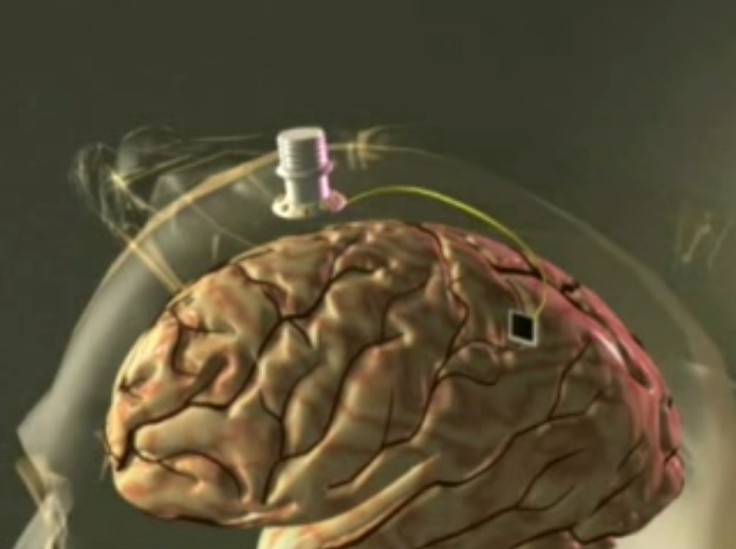BrainGate brings wireless computer mind control to paralysed people

A wireless brain-computer interface capable of transmitting thought commands to digital devices is close to commercialisation following more than a decade of development.
The BrainGate Neural Interface System, engineered by researchers at Brown University in collaboration with Utah-based company Blackrock Microsystems, works through a small brain implant "about the size of a baby aspirin" that attaches to a person's skull and streams thought commands through radio signals.
It is hoped that the device will be tested on volunteers later this year as soon as clearance for the system is approved by the US Food and Drug Administration (FDA).
"The goals of BrainGate is to create technology that will allow severely disabled individuals - including those with traumatic spinal cord injury and loss of limbs - to communicate and control common everyday functions literally through thought," BrainGate's website states.
"Cervical spinal cord or brain injury may have disconnected the motor cortex signals from the limb. However, if the patient still has the ability to 'think' about movement, BrainGate has the potential to interpret and re-connect those signals, thus allowing the patient to move those limbs simply by thinking about it."
A non-wireless version of the device has already been tested by BrainGate on people with severe paralysis. In a 2012 study published in Nature, a 58-year-old woman who had been paralysed for 15 years controlled a robotic arm using the technology.
Arto Nurmikko, lead designer of the wireless system, told MIT Technology Review that despite the trial's success, the non-wireless system was impractical for everyday use.
The firm is also working on technology that would be able to assist people with severe motor disabilities to one day be able to use their own limbs again.
Next generation products could also provide individuals with the ability to control devices that allow breathing, bladder and bowel movements.
© Copyright IBTimes 2025. All rights reserved.





















